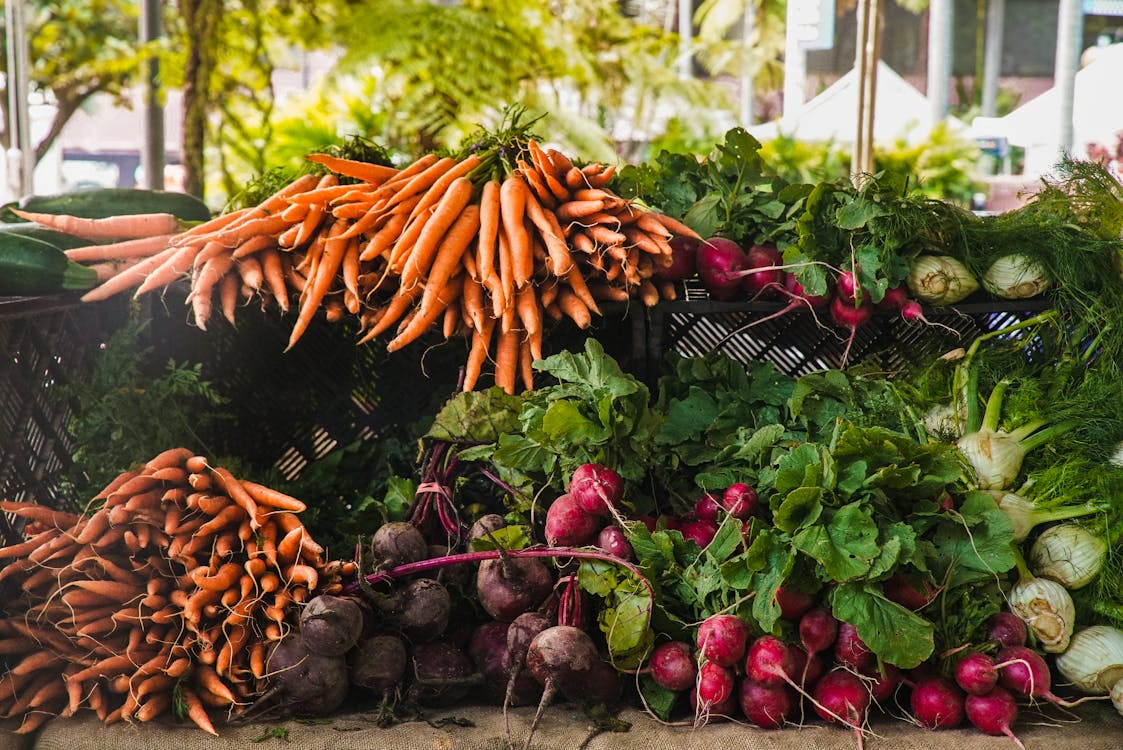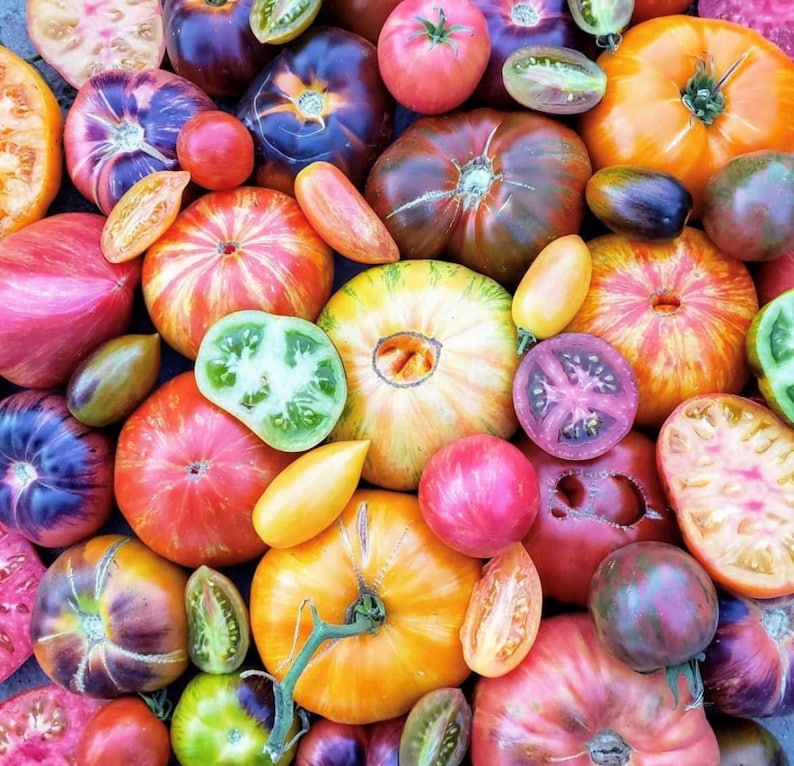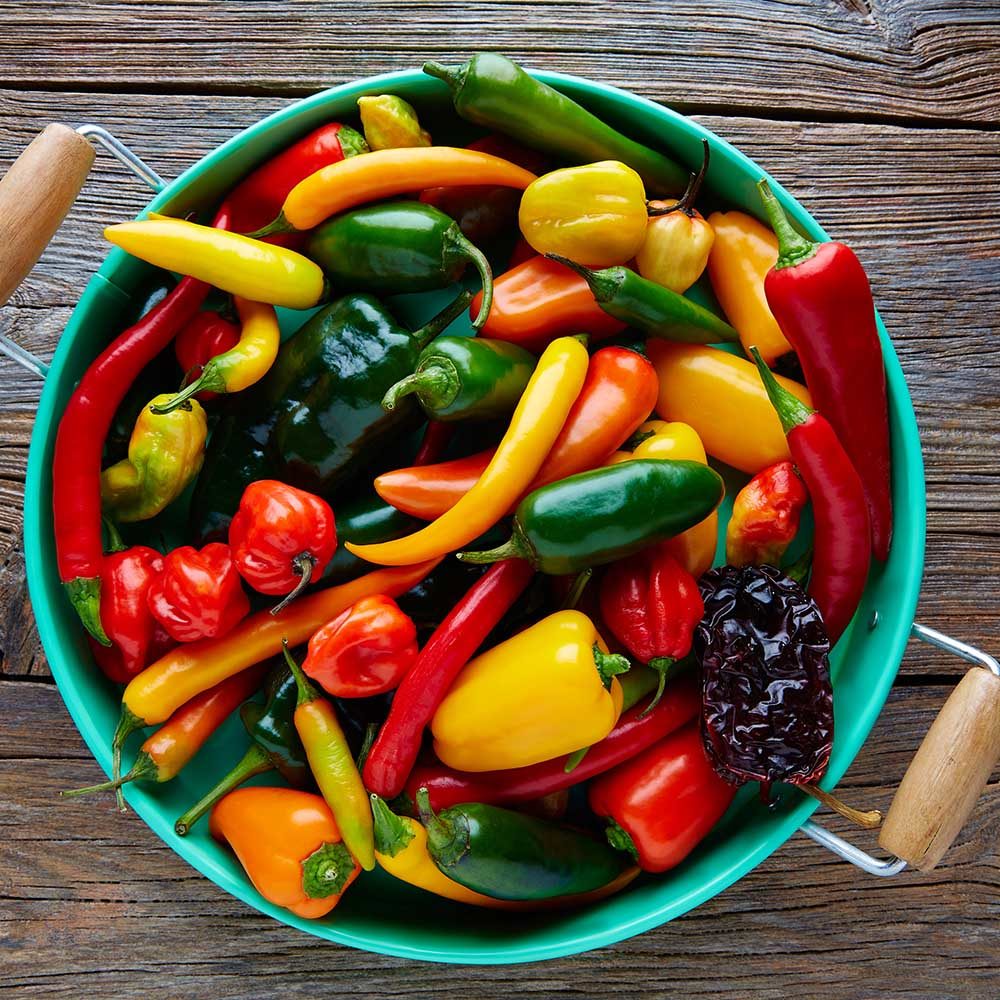Our journey through "Cultivating Tradition" has explored various facets of agriculture, from the golden nectar of honey in apiculture to the sweet culture of beekeeping. Today, we turn our focus to the world of vegetables, where growers practice olericulture—the science and art of cultivating vegetable crops.
Olericulture: Nurturing the Vegetable Kingdom
Olericulture is the branch of horticulture that focuses on the cultivation, management, and study of vegetable crops. It involves the science and art of growing vegetables for human consumption. Olericulture encompasses a wide range of activities related to the production of vegetables, including selecting suitable varieties, planting, tending, harvesting, and post-harvest handling. The goal of olericulture is to optimize vegetable yields, quality, and nutritional value while ensuring sustainability and efficient resource utilization in vegetable farming. From heirloom tomatoes to vibrant chilies, olericulture celebrates the botanical abundance of the earth.
Cultural Significance of Olericulture
Vegetables are essential in the diets of people worldwide, and their cultivation has shaped culinary traditions and cultural identities. In regions like Asia, vegetables play a central role in cuisine, while in others, such as the Mediterranean, they form the foundation of iconic dishes like ratatouille.
Certain vegetables have cultural symbolism. For example, in some cultures, the eggplant is seen as a representation of fertility and prosperity, while the humble radish is the star of the Day of the Dead celebrations in Mexico. Olericulture contributes to these cultural associations.
Cultivating vegetables is a celebration of diversity. The world is home to a multitude of vegetable varieties, each with unique flavors, colors, and uses. Olericulture involves not only the preservation of traditional vegetable varieties but also the exploration of new and exciting cultivars.
The Role of Vegetable Markets
Vegetable markets are bustling hubs where culture and agriculture meet. They are places where growers share their harvests, exchange knowledge, and engage in vibrant cultural exchanges. Farmers' markets around the world embody the fusion of agriculture and community. Vegetable markets, known as "mandis" in India, hold a central position in the country's agricultural landscape. Serving as pivotal agricultural trade hubs, they provide farmers with a platform to sell their harvest and help consumers discover the new veggies from all over the country.
Olericulture connects us with the world of vegetables, from the traditions tied to cultivating and cooking them to the cultural significance they hold. By practicing olericulture, individuals and communities contribute to the preservation of culinary traditions and the rich tapestry of vegetables that sustain us.
Stay Tuned
Our exploration of olericulture is just one part of our journey through the cultural landscape of agriculture. In our upcoming posts in the "Cultivating Tradition" series, we will delve into floriculture—the cultivation of flowers and ornamental plants for commercial and aesthetic purposes.
Thank you for being part of this adventure, celebrating the rich traditions of the land and the people who tend it.






